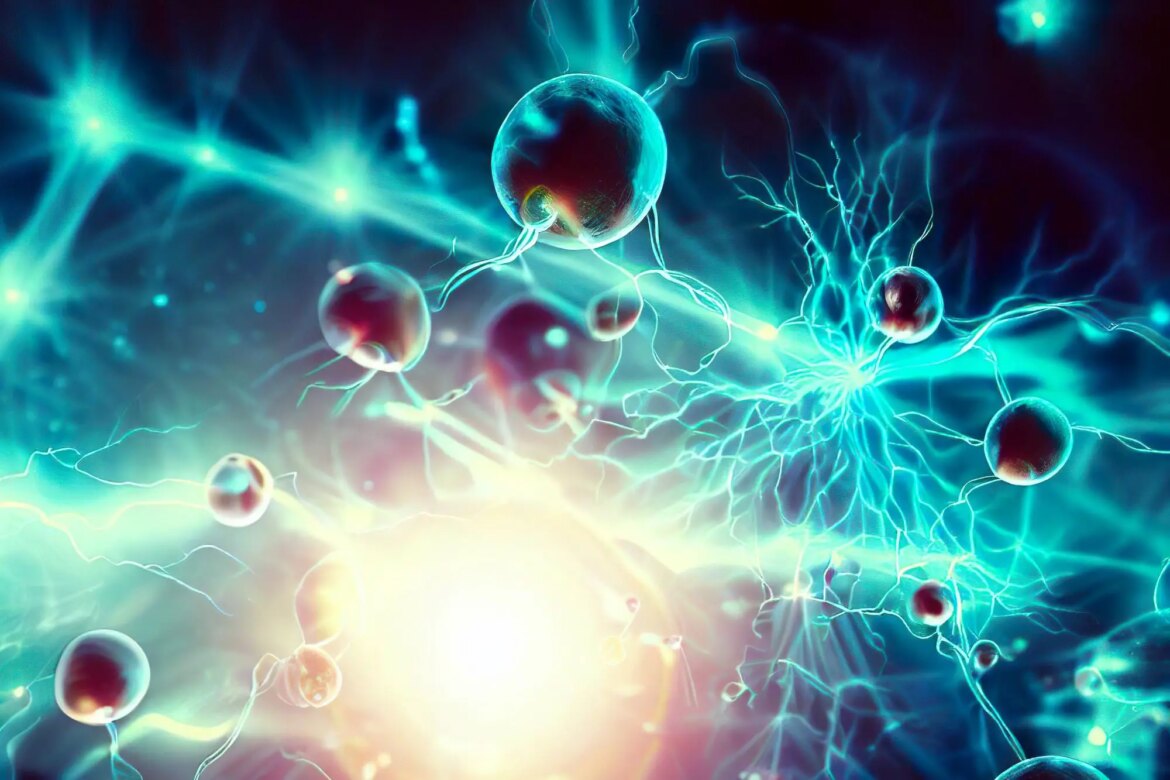A cutting-edge model membrane electrode, which integrates an organized assembly of hollow giant carbon nanotubes (gCNTs) within a nanoporous membrane, has been developed by researchers. By inventing a consistent carbon coating method on anodic aluminum oxide (AAO), this groundbreaking electrode was constructed, displaying vertically arranged gCNTs with nanopores of different dimensions. This model aims to reduce contact resistance and deepen our understanding of electrochemical behaviors.
An inventive model membrane electrode, incorporating hollow giant carbon nanotubes and a variety of nanopore dimensions, has been crafted by scientists. This creation aids in unraveling electrochemical behaviors and could considerably enhance our understanding of porous carbon materials in electrochemical systems.
Researchers at Tohoku University and Tsinghua University have unveiled a forward-looking model membrane electrode set to bring about significant changes in fundamental electrochemical research. This pioneering electrode, crafted through a meticulous procedure, reveals an organized assembly of hollow giant carbon nanotubes (gCNTs) within a nanoporous membrane, opening up new opportunities for energy storage and electrochemical studies.
The major breakthrough is embodied in the construction of this inventive electrode. The researchers devised a uniform carbon coating method on anodic aluminum oxide (AAO) formed on an aluminum substrate, eliminating the barrier layer. The resulting uniformly carbon-coated layer presents vertically aligned gCNTs with nanopores ranging from 10 to 200 nm in diameter and 2 μm to 90 μm in length, accommodating everything from small electrolyte molecules to larger bio-related entities like enzymes and exosomes. Unlike conventional composite electrodes, this self-supporting model electrode eradicates inter-particle contact, ensuring minimal contact resistance — a critical requirement for interpreting associated electrochemical behaviors.
The model membrane electrode displays a wide range of adjustability on the pore dimensions. Credit: Hongyu Liu. “The model electrode’s potential is vast,” stated Dr. Zheng-Ze Pan, a co-author of the study. “Utilizing the model membrane electrode with its extensive variety of nanopore dimensions, we can achieve profound insights into the complex electrochemical processes occurring within porous carbon electrodes, along with their inherent relationships to the nanopore dimensions.”
Additionally, the gCNTs comprise low-crystalline stacked graphene sheets, allowing exceptional access to electrical conductivity within low-crystalline carbon walls. Through experimental measurements and application of an in-house temperature-programmed desorption system, the researchers built an atomic-scale structural model of the low-crystalline carbon walls, enabling intricate theoretical simulations. Dr. Alex Aziz, who conducted the simulation part for this research, highlights, “Our advanced simulations offer a unique perspective to estimate electron transitions within amorphous carbons, illuminating the complex mechanisms governing their electrical behavior.”
This project was spearheaded by Prof. Dr. Hirotomo Nishihara, the Principal Investigator of the Device/System Group at the Advanced Institute for Materials Research (WPI-AIMR). The study, which delineates significant advancements in our understanding of amorphous-based porous carbon materials and their applications in exploring various electrochemical systems, is published in one of the top-tier journals of materials science, Advanced Functional Materials.
Reference: “Nanoporous Membrane Electrodes with an Ordered Array of Hollow Giant Carbon Nanotubes” by Hongyu Liu, Zheng-Ze Pan, Alex Aziz, Rui Tang, Wei Lv, and Hirotomo Nishihara, 31 May 2023, Advanced Functional Materials.
DOI: 10.1002/adfm.202303730
Table of Contents
What is the innovative development described in the text?
The innovative development described in the text is a cutting-edge model membrane electrode that integrates an organized assembly of hollow giant carbon nanotubes (gCNTs) within a nanoporous membrane.
Who are the main researchers involved in this development?
The main researchers involved in this development are a team from Tohoku University and Tsinghua University, including Dr. Zheng-Ze Pan, Dr. Alex Aziz, and Prof. Dr. Hirotomo Nishihara.
What is the significance of the nanoporous model membrane electrode?
This nanoporous model membrane electrode presents a significant step forward in our understanding of electrochemical behaviors and porous carbon materials in electrochemical systems. Its construction eliminates inter-particle contact and thereby minimizes contact resistance, a critical requirement for interpreting associated electrochemical behaviors.
How was this model membrane electrode constructed?
The model membrane electrode was constructed using a uniform carbon coating technique on anodic aluminum oxide (AAO), resulting in a vertically aligned gCNTs within the nanoporous membrane. The nanopores range from 10 to 200 nm in diameter and 2 μm to 90 μm in length.
What are the potential applications of this development?
The development holds potential for advancing our understanding of amorphous-based porous carbon materials and their applications, particularly in exploring various electrochemical systems. It could potentially revolutionize energy storage and other electrochemical studies.
Where can I find more information about this research?
The details of this research are published in the journal Advanced Functional Materials. The study is titled “Nanoporous Membrane Electrodes with an Ordered Array of Hollow Giant Carbon Nanotubes” and was published on May 31, 2023. The DOI is 10.1002/adfm.202303730.
Related links:
- The article titled “Nanoporous Membrane Electrodes with an Ordered Array of Hollow Giant Carbon Nanotubes” on the Advanced Functional Materials journal website.
- Researchers’ profiles on the Tohoku University and Tsinghua University websites.
- Other research or articles discussing the electrochemistry of carbon nanotubes.
- References on anodic aluminum oxide (AAO) and its uses in electrochemistry.



6 comments
Wow this is so cool! I mean who knew you could do so much with carbon nanotubes.
Interesting development! The potential for energy storage alone makes this a game changer. Keep up the good work guys 🙂
damn! this is some next level stuff. The way theyve used the nanopores of different dimensions, absolutely genius!
Im amazed how they’ve used low-crystalline stacked graphene sheets for electrical conductivity…thats innovative!!
Tohoku and Tsinghua Universities seem to be revolutionizing electrochemistry here. Cant wait to see where this leads. so exciting!
Kudos to Dr. Zheng-Ze Pan and his team! Leading the way for a new generation of electrochemistry. thats the spirit!